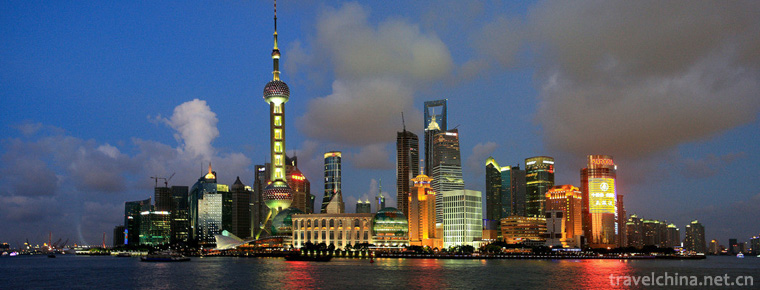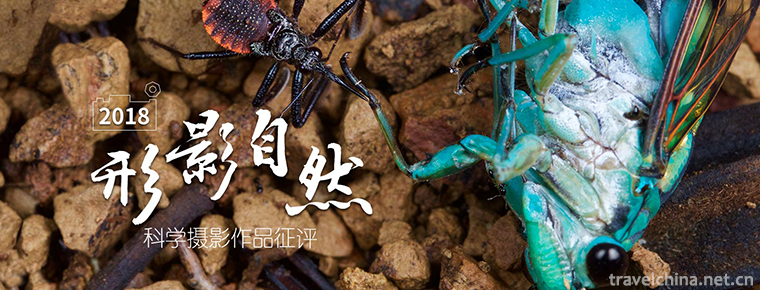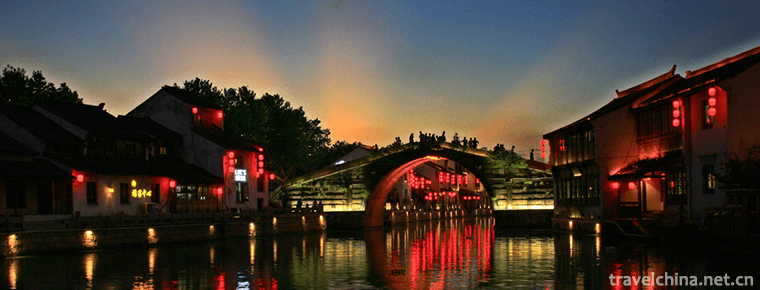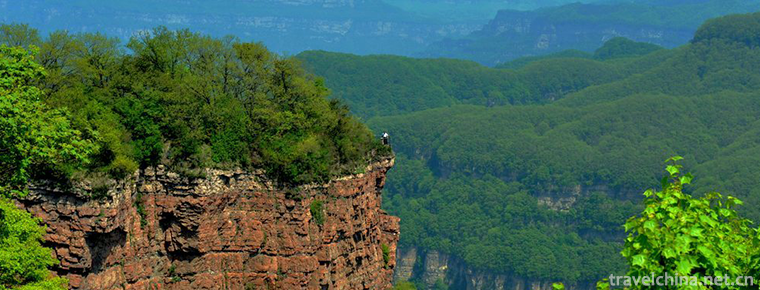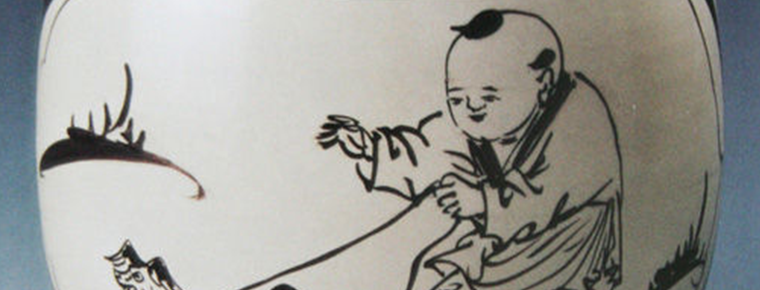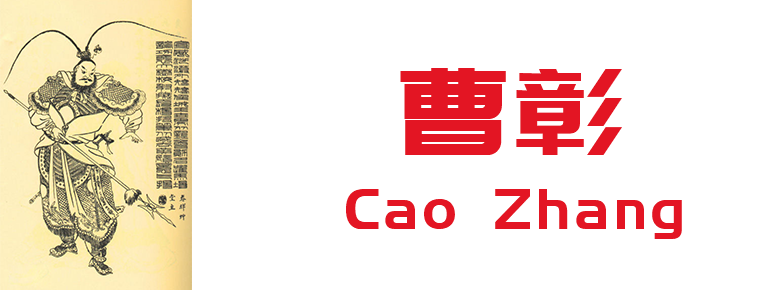Kunlun Mountains
Kunlun Mountains
Kunlun Mountain, formerly known as Kunlunqiu, also known as Kunlunxu, is the god mountain in ancient Chinese legend, the ancestor of Wanshan Mountain, the birthplace of Chinese civilization, and the king capital of Fuxi, the ancestor of humanity.
In ancient books, Kunlun Mountain is also called Kunlun Hill because of its bowl-shaped shape and Wanqiu; because it stands proudly in the mountains, like a pillar leading to the sky, it is also called Tianzhu; because it corresponds to the Big Dipper, it is also called Xuan Jiyuheng; because it is passed down as Emperor of Heaven and is rich in jade, it is also called Yujingshan.
topographic features
geographical position
Kunlun Mountain is the earliest god mountain in China, which is recorded in classical works such as Shanhai Jing and Huainanzi. Geographically, Kunlun Mountains generally refer to the Kunlun Mountains, which are located at the border between Tibet and Xinjiang.
Tianzhu, Kunlun
(Han) Anonymous Dragon Fish River Map said: "Kunlun Mountain, the pillar in the sky."
(Han) Dongfangshuo's The Book of Imagination says, "Kunlun has a copper pillar Yan, which is high into the sky, so-called Tianzhu. Around 3,000 miles, Zhou Ruchi, a member of the staff, has a house under the copper pillar and a hundred square feet in the wall.
(Han) Dongfangshuo's Records of Ten Continents in China: "Kunlun, Shangtong Xuanju (Beidou star)... Tai Shang famous mountain, tripod in the five sides, town geography is also. No. Tianzhu.
Kunlun Wan Qiu
(Han) Dongfangshuo's Records of Ten Continents in China: "Kunlun... Fang Guang Wanli, similar to Yan basin, narrow and wide.
Kunlun dragon vein
(Han) Anonymous "River Map Including Ground Elephants": "Longchi Mountain, four sides and high, the central pool, seven hundred miles, the inhabitation of dragons. Five-flowered trees (according to Five-flowered grass) are eaten by dragons. Four thousand miles to the auditorium."
(Han) Dongfangshuo's "Records of Ten Continents in Hainan": "Kunlun, equal to each other, each face five thousand miles, the upper stratum is a group of dragons gathered together", "there are many phoenixes on the continent."
Kunlunqiu is the ancestor of Chinese dragon vein and the prototype of dragon. Saint Wang Ping is the leading part of Kunlun Hill, with Yao Chi in the center, and its trunk is composed of the ridge of Mount E (sharp and high mountain) called Daluoling. Xuanyuantai is located in the Dragon Tail, where the Yellow Emperor worshipped Heaven and realized Taoism.











-
Lujiazui
Lujiazui is located on the Huangpu River in Pudong New Area, Shanghai.
Views: 173 Time 2018-10-12 -
Beijing Museum of Natural History
The Beijing Museum of Natural History is located in the overpass area on the central axis of the capital's southern city. It is backed by the Tiantan Park, a world cultural heritage.
Views: 130 Time 2018-12-15 -
Anbang River National Wetland Park
Anbang River National Wetland Park is built on the basis of Anbang River Provincial Wetland Nature Reserve, which is located in Shuangyashan City, Heilongjiang Province.
Views: 131 Time 2019-01-02 -
Qingming Bridge Ancient Canal Scenic Area
Qingming Bridge Ancient Canal Scenic Area is located at the southern end of Wuxi city center, covering about 44 hectares of scenic area. The scenic spot is composed.
Views: 161 Time 2019-02-07 -
Songxian Tianchishan National Forest Park
The Tianchishan National Forest Park in Songxian County, Luoyang City, is located in Xionger Mountains, northwest of Songxian County, Luoyang City, with a total area of 1716 hectares and a forest cove.
Views: 133 Time 2019-02-13 -
Wang Wu Mountain Scenic Spot
Wangwushan Scenic Area is a national AAAA-level scenic area with a total area of 265 square kilometers. Wang Wu Mountain is centered on the Temple of Heaven, the main peak.
Views: 255 Time 2019-02-22 -
Sintering Techniques of Cizhou Kiln
Cizhou kiln firing technology, the local traditional firing technology of Fengfeng mining area in Hebei Province, is one of the national intangible cultural heritage..
Views: 108 Time 2019-04-22 -
Acrobatics in Dongbeizhuang
Dongbeizhuang acrobatics is a traditional folk acrobatics in Puyang City. Dongbeizhuang, Yuecun Township in Puyang City, is a pearl in the vast plain of northern Henan Province.
Views: 112 Time 2019-04-27 -
Cao Zhang
Cao Zhang (189 years - 223 August 1st), Zi Zi Wen. Pei Guo Qiao County ( Anhui People in Bozhou. Three countries period the Wei state of the Three-Kingdoms Period Imperial clan, general, Wei Wu Di Cao.
Views: 157 Time 2019-09-15 -
Rongxian Giant Buddha
Located in the eastern suburb of Rongxian County, Sichuan Province, the Giant Buddha of Rongxian county is carved in the Tang Dynasty. It is a cliff carved statue of Sakyamuni, 36.67 meters high, 8.76 meters long, 12.67 meters wide, 12 meters high and 3.5 meters wide. It is the world's largest Sakyamuni Buddha (Modern Buddha)..
Views: 330 Time 2020-10-15 -
Sightseeing car in Chengdu Giant Panda Base
Chengdu Research Base of giant panda breeding currently covers an area of 1000 mu. Tourists can choose to take the sightseeing bus voluntarily if they walk for about 3 hours or take the electric sightseeing bus for about 1-2 hours. At present, there are 8 electric sightseeing buses in Chengdu Giant Panda Breeding Research Base to provide travel services for Chinese and foreign tourists..
Views: 50 Time 2020-12-13 -
History and culture of Mianyang
Located 47 kilometers south of Santai County, Qijiang ancient town was once the capital of Qi state during the spring and Autumn period and the Warring States period. Every year on the 27 to 28 May of the lunar calendar, all the male and female believers around.
Views: 222 Time 2020-12-14
